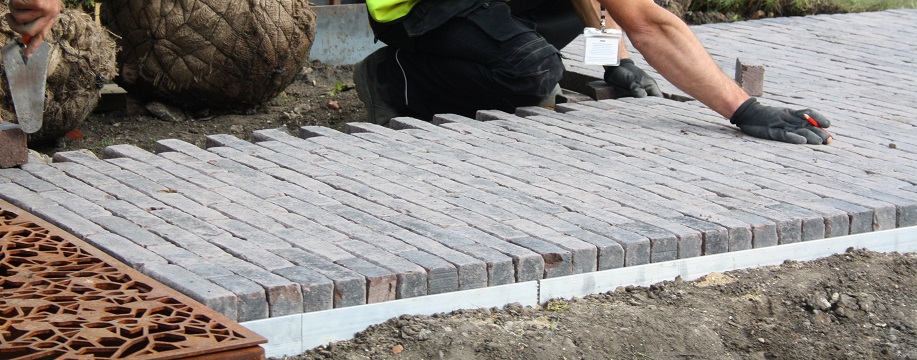Hydraulic flooding
There are three different types of sewers:
- Foul sewers carry wastewater away from toilets, sinks and baths
- Surface water sewers carry rainwater to streams, rivers and soakaways
- Combined sewers carry both wastewater and surface water
The majority of our sewers are foul, some dating back to Victorian times. They were designed for a much lower population and to carry wastewater only.
How rain affects foul sewers
Heavy or continued rainfall can overwhelm our foul sewers. This is called hydraulic overload.
Rainwater can enter the foul sewer network in the following ways.
From the ground
Rain soaks into soil and is stored underground. When groundwater levels rise, it puts pressure on sewer pipes. This can happen to any pipe, including new ones. The pressure forces groundwater in to sewers through joints in the system. This is called infiltration.
Some areas are more likely to get groundwater flooding, for example, river valleys. Groundwater flooding happens slowly and can last for months after the rain stops.
Manholes and drains
If the ground has been paved over, rainwater can't soak into the ground. It pools on the surface instead. This surface water flows over manholes and drains, pouring into and overwhelming our foul sewers. This is called inundation.
Heavy rain can also cause rivers and waterways to swell and break their banks. This flood water can also inundate our foul sewers through manholes and drains.
Roofs and driveways
More of our green areas are being paved over and built on so we have less natural drainage. Rain run-off from roofs and driveways should flow into a surface water sewer, if there's one near you.
In some properties, surface water is incorrectly connected to foul sewers. This overwhelms foul sewers with surface water they don't have the capacity for.
Storm overflows
To try to prevent sewer flooding, storm overflows are used. They act as a safety valve, discharging some of the excess water back into rivers and waterways. These discharges do contain heavily diluted sewage. With climate change causing more rain, storm overflow discharges are more frequent. You can view discharges in your area on our storm discharge map.
Preventing sewer overload
A family of four generates around 570 litres of wastewater per day. But an average house generates 5,500 litres per hour from roof and driveway runoff during a storm. You can help to prevent flooding by redirecting the flow where possible.
Surface water from roofs, guttering, patios and driveways should not flow into a foul sewer. If you're building an extension or new driveway, think about rainwater drainage:

Redirect the water runoff
Building regulations determine where surface water on your property should go. If you don't live near a surface water sewer, use soakaways or ditches to stop surface water entering the foul sewer.

Create areas for drainage
Make sure you have areas for drainage in your garden, such as flower beds or gravel. Rainwater can then absorb into the ground.

Collect rainwater from gutters
Use water butts to collect and store rainwater straight from your gutters. You can use this to water your garden in dry weather, too.